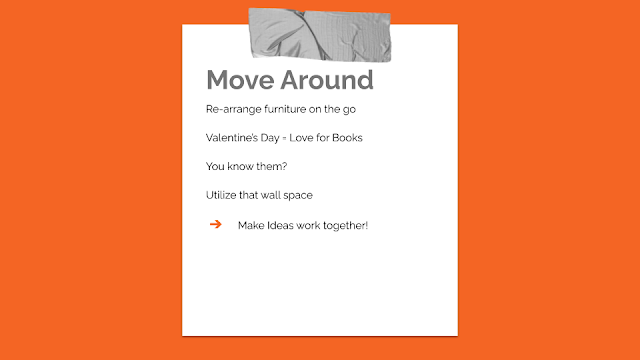 |
| Chinmayee Bhange |

DSpace is an Open Source Software package which is
most commonly used by institutions to archive and make accessible scholarly
content created or generated by the institute. The content may range from born
digital items to scanned copies.
It was released in the November of 2002 by Duraspace.
Currently, it has version 6.3 ready for download using GitHub. It uses JAVA for
programming. For more details, please visit https://duraspace.org/dspace/
DSpace is a repository making software which is freely
available for download and customization. It is used to collect and preserve
the published articles, white papers, working papers, reports, data sets,
edited books and such other scholarly content of the institute in one place.
The various sections or topics in DSpace are referred
to as a Community. A Community has sub-communities. So, for example, a
community can be the Department of Computer Science. The Sub- Community under
this Community can be Books, Journal Articles, etc.
Essentially, a Community is the broad group which can
be further categorised as per the need or ease of retrieval.
These Communities have e people and e groups who are
the admin or super admin of the groups. Which means they have the right to
upload data (content) and allow or dis-allow access to specific people or user
groups. This is the Administrator – Control interface.
In SFIT LIRC, we have been DSpace for many years now.
Based on the need and intended use, we have created the following communities
in our DSpace@SFIT.
Creating Community:
•
Each
DSpace unit (or service) which we want to group together is comprised of
Communities – the highest level of the Dspace content hierarchy
•
Communities
may be:
•
Departments
•
Labs
•
Research
Centres
•
Schools
•
Each
community contains descriptive metadata about itself and the collections
contained within it
•
Every
community in turn have collections which contain items or files and contains
Descriptive Metadata
Example from our LIRC at St.Francis Institute of
Technology
|
Community |
Sub-Community |
Collection |
Items |
|
Approved Lists |
Journals |
UGC CARE |
List 1 |
|
|
|
SCIMAGO Journal
and Country Rankings |
List 1 |
Example for any library
to start with:
|
Community |
Sub-Community |
Collection |
Items |
|
Name of the
Department |
Publications |
Books, Journals,
Conference Proceedings |
Soft Copies of Books,
Journals, Conference Proceedings. Make sure you have the copyright to upload
material! |
|
|
Projects |
Sponsored by
Institute Grants from GOI Grants from
AICTE |
Working Papers,
Models and Final Completion Certificates |
1. Sign
in to DSPace using Administrator login
2. Determine
a name for your Top Level Community
3. Go
to “Communities and Collections”
4. Click
on “Create Community”
5. Provide
the required Metadata for your Community
6. Set
proper Authorization hierarchy or Access Rights
7. Click
on “Create”
8. You
can edit your Community and metadata at this stage too
9. After
editing, do not forget to click on “Update”
References:
https://www.ohiolink.edu/sites/default/files/uploads/CreateCommunities.pdf
An introduction to DSpace - ScholarSpace
scholarspace.manoa.hawaii.edu › bitstream
› Module 3 .




